How to Quickly Improve your Chatbot’s Retention & Engagement
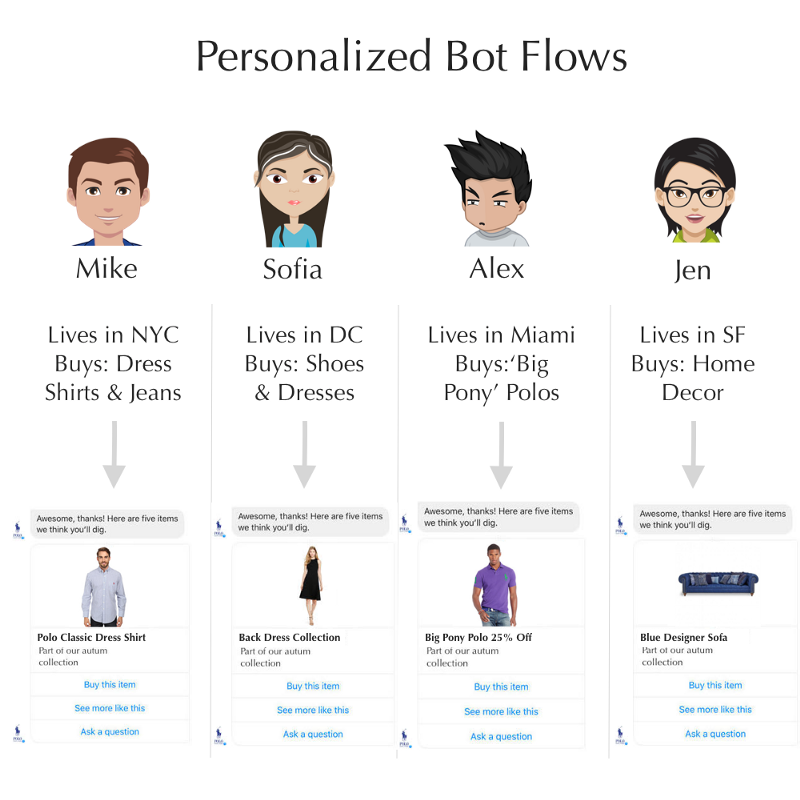
Chatbot retention has been a real problem… a problem so big that most people don’t even get past the first two messages!
According to Enis Gayretli CEO of Botanalytics, the initial drop off is huge: “about 40% of users never get passed the first text and another 25% drop off after the second message. Daily retention rate is at a paltry 1–2% and the monthly retention rate for bots isn’t much better, sitting at about ~7%.”
Fortunately, after hacking for the better part of 6 months+, a few bots -such as Poncho- have found the light and are seeing awesome retention and engagement rates.
Recently, I had the pleasure to meet with Kuan Huang Founder of Poncho, Omar Siddiqui CEO of Kiwi (Creators of Sequel) and Enis Gayretli CEO of Botanalytics and we discussed the issue of retention and engagement.
How to Benchmark your Bot the Right Way
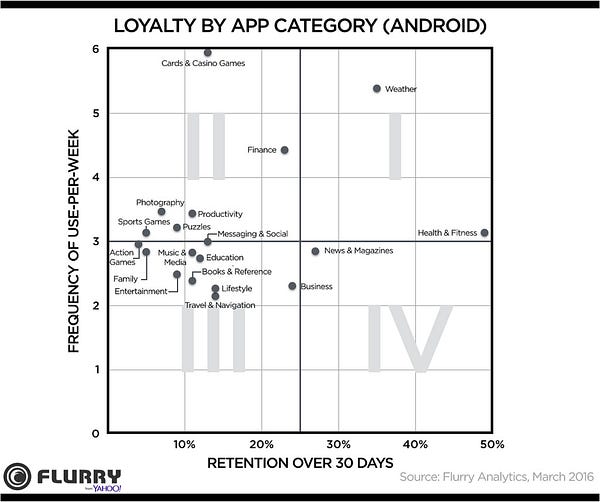
There is such a wide variety of chatbot use cases that it does not make sense to compare against the average. You might have a use case that solves a problem and hopefully the user never comes back (eg: DoNotPay Bot) or you might have a daily use case.
Best way to benchmark is by comparing your bot to mobile apps in your category. At the bare minimum, your goals should be to surpass them.
Part 1: Know Thy User
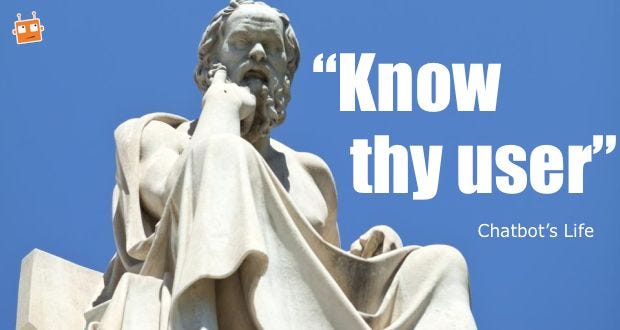
How Poncho increased engagement by 300%
Poncho, like most other bots, suffered from low engagement. The bot did its job every well, it could tell you what the weather forecast is while telling you a funny joke. And when it comes to personality, Poncho is playful and funny, easily one of the best bot personalities out there. So why was Poncho struggling?
Solving a Problem
To put it mildly, Poncho was facing a number of giant challenges. For one, why would someone use the bot? It is easier to get the weather from Siri or to look at your home screen(on Android Devices). Further, apps like Google Now automatically push the weather to you. How could Poncho compete with this?
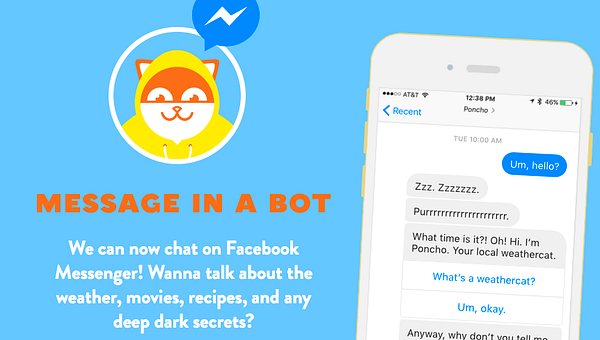
It’s going to Rain in 10 in San Francisco
Poncho began segmenting their best users, people who were using the bot daily. After digging into the data, they tried to answer the ‘Why’ question. As it why did these users come back, what problem was Poncho solving and more importantly what problems could Poncho solve?
After doing a lot digging they got to the most critical element, they found their Core! Users wanted to be notified of upcoming weather events that were unusual. For example, every time Poncho tells me, “Bring your Umbrella, it is going to rain in 10 min in SF” I feel a wave of gratitude. Siri doesn’t do that, neither does Google Now. Poncho found their core!
According to Kuan Huang founder of Poncho, here is how to find your core:
- Identifying the cohort that has the highest engagement and retention.
- Once you identify the type of “high quality” users, start optimizing your funnel to convert new users (as close as possible) to that cohort.
- Focus on the Most critical piece of value for your users: For example, ‘Facebook’s 7 friends in 10 days’ was their key driver.
- Always start at the top of your funnel.
- Benchmark with apps in the same category first. Your bot has to at least do better than that 🙂
“Once you identify the type of “high quality” users, start optimizing your funnel to convert new users to that cohort” Kuan Huang
Using Behavior and Leveraging Psychology
Once you have your most successful cohort you can start creating a User Persona based on this data.
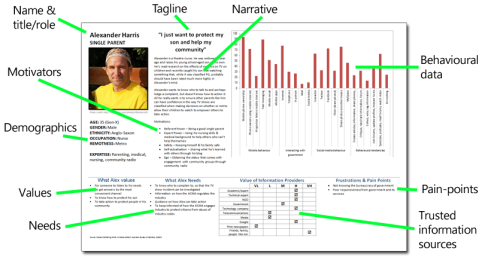
This is extremely powerful as it is based on actual user behavior and can give you insights into ‘why’ users do what they do.
One of the easiest ways to pull this data is by using Facebook Audience Insights. Create a custom audience based on your top performing cohort and Facebook will quickly compare your audience to the entire Facebook population.
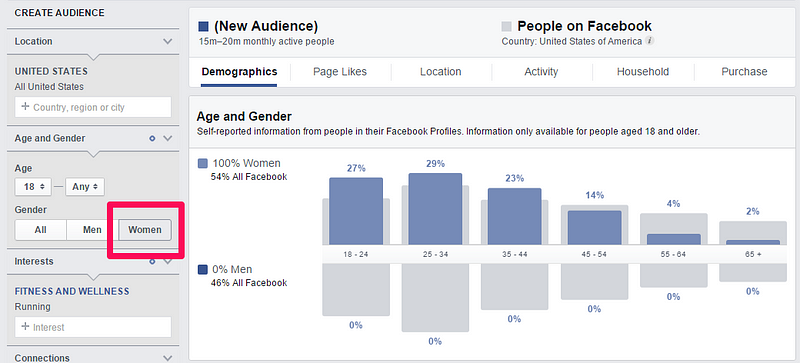
The data will come rolling in, and then you can then drill down into the specifics. Facebook will give you a ton of data such as: demographics, interests, affinity groups, location, purchase activity, online activity, lifestyle, relationship status, and more.
During this process, you might discover that you have a few different User Personas. You will have to take this into account when you are personalizing their experience and solving their problem. Here is an example of a Shopping Bot’s User Personas:
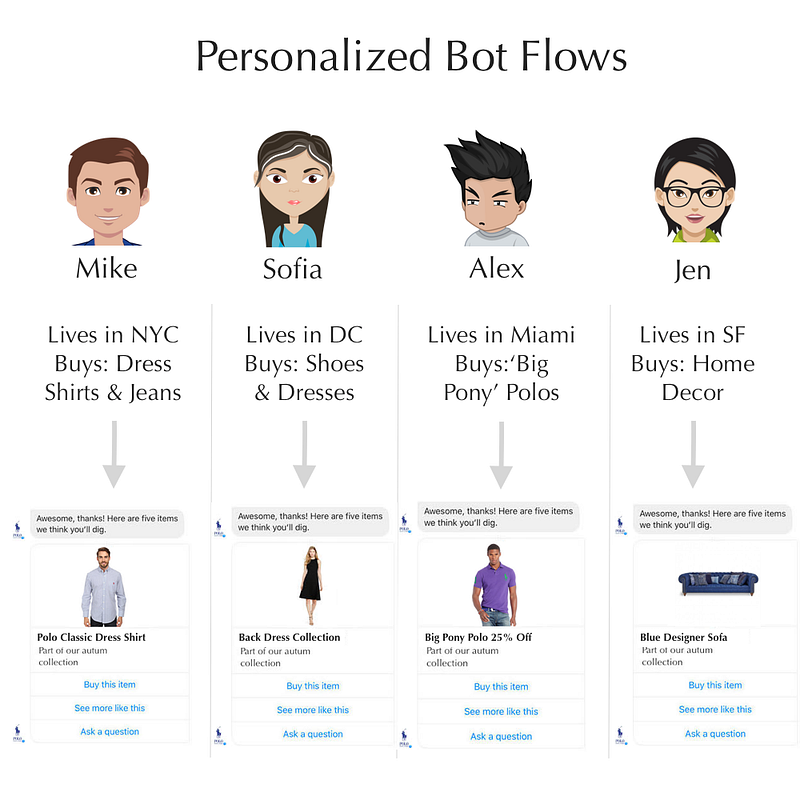
User Behavior & A/B Testing
Once you have a clear understanding of your User Personas and have tracked their behavior in the bot, it is time for A/B testing. In this phase, you simply make hypothesis and run experiments.
Your Goals are to:
- Improve Retention
- Improve Engagement
“The best place to start A/B testing is in the onboarding. You need to catch you audience right away, if you don’t, it’s much harder to retain them” Enis Gayretli CEO of Botanalytics
Part 2: Improving Chatbot Retention
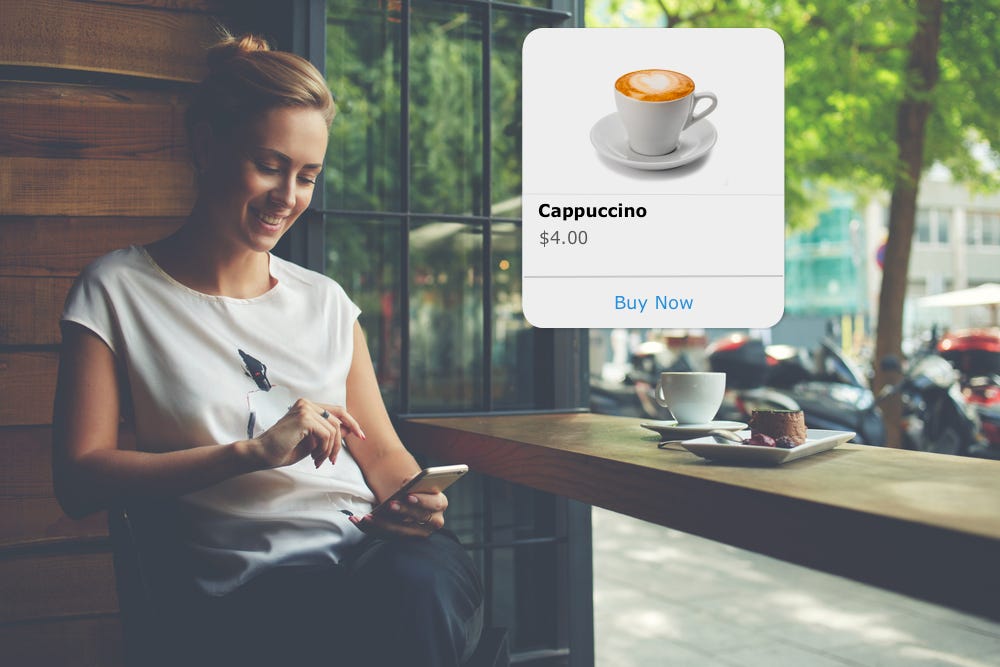
Power of a Great Onboarding
The ideal onboarding takes your user on journey that seamlessly teaches them how to use your product. One of the best on boarding tutorial I have ever seen was that of Dots. Take a look at the video below, to see how effectively Dots onboards users and how their participation adds to the experience.
You will notice, that very few words were used. The entire onboarding was an experience and this experience was seamless from game play. This is exactly what a great onboarding looks like.
How to Apply Onboarding to Bots
For bots, you can apply a similar strategy. Your onboarding should be a guided experience for you users in which they learn how to use your bot, by using it. More importantly, the experience should be inviting, make your user curious, and the process should be gamified. This experience should be irresistible.
Your Big Opportunity
While you user going through an on-boarding experience, you should be collecting information based on their responses. The first 10 or so interactions within the bot should give you enough info so you can start segmenting your audience. These questions should give you insight into your user’s goals, challenges, fears, desires, life situation and more. Each of his/her response should tell you what User Persona group they fall into.
You should be able to easily answer the ‘why’ questions.
… would this person use your bot?
… would they come back?
….aren’t they using your bot?
….aren’t they coming back?
Part 3: Improving Bot Engagement
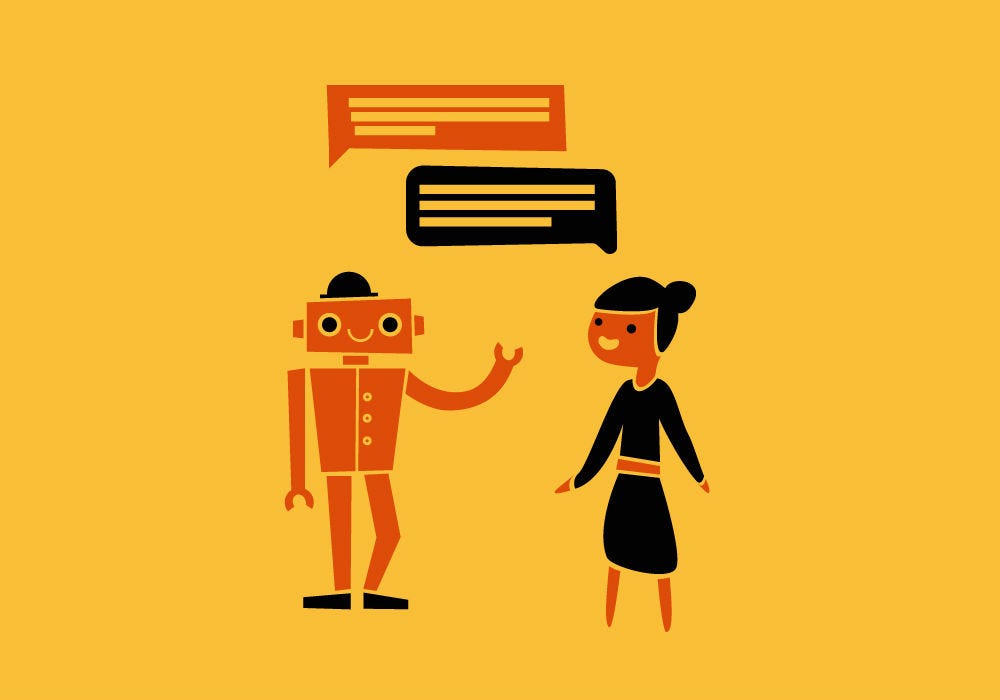
High engagement is a byproduct of great design, solving a user problem and leveraging the unique power of the chat platform. You can learn more about this here:
According to Omar Siddiqui, CEO of Kiwi (Creators of Sequel) here are a few Engagement Tips no one is talking about:
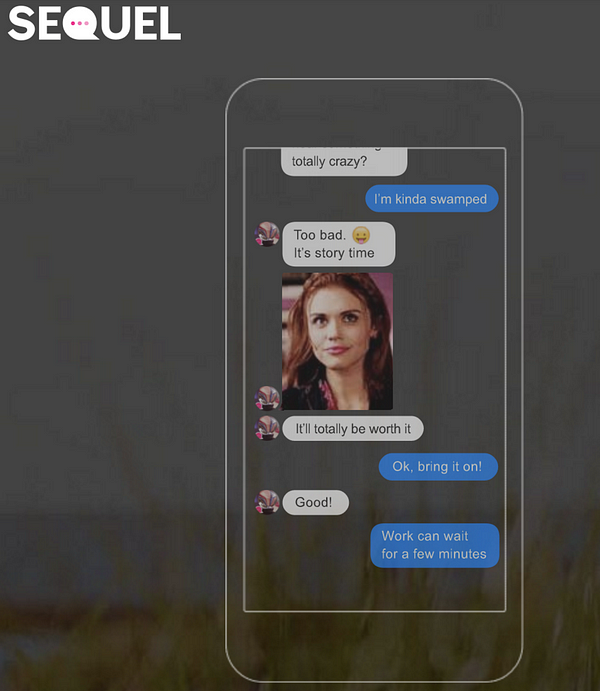
- Relate to a Purpose: Your bot should relate to user’s purpose.
- Reason to Return: You have to build in a reason for the user to return. For example, a ‘Story Bot’ can have different Episodes each day which related to a user’s interests.
- Natural Expectation to be Reengaged: The user should expect the bot to re-engage them and if the bot fails, the user should feel like something is missing. For example, think of a ‘reminders bot’ sending you a reminder.
“Cadence of the message matters. Both the inputs and responses should be like a game of ping pong, a conversation”
You can check out Sequel’s ‘Story Bots’ to see how these ideas are applied.
Best Type of Re-engagement Notification
By far the most effective types of re-engagement notifications are the ones that the user requested. One part of your mission is to build re-engagement loops into you design so the user has a reason to request future engagement. Most importantly, this should bring the user so much value that it is a no brainer.
Other effective types of Effective Re-engagement Notifications:
- Social: The user’s friends entice him/her to engage with the bot.
- Interests: Messaging content that the user is interested in.
- EmotionalTriggers: Using curiosity and emotions triggers to entice the user.
When Should You Send Notifications?
Last but not least, track user’s behavior. If a user is opening the bot at 1pm, 3pm, and 5pm it might be a great idea to re-engage him around these times. Furthermore, if you see that certain types of messaging are more effective than others, re-engage him with what is working.
Rule of Escalation and How Often You Should Send Messages
For some bots, the rule of escalation works like a charm. The more a user open your bot, the more notifications you can send him! If they engage, keep the engagement going. If they engage less often, then scale back. Your notifications should follow the user’s behaviour!
Conclusion
In the end, it’s is all about how well you know your users and the problem you are solving for them. Ideally, you should be running A/B tests and updating your copy weekly!
Always try to improve! Even the smallest 1% improvements add up quickly and have a big impact over time… Think exponentially, not linearly!
About Stefan
Stefan is the founder of Chatbot’s Life, where he helps companies create great chatbots and share insights along the way.
This article is originally published on Chatbot’s Life.
At Botanalytics, we help your bot be awesome by providing conversational analytics. We’d be happy to boost your bot’s performance. Sign up for free to enjoy our rocking features!
